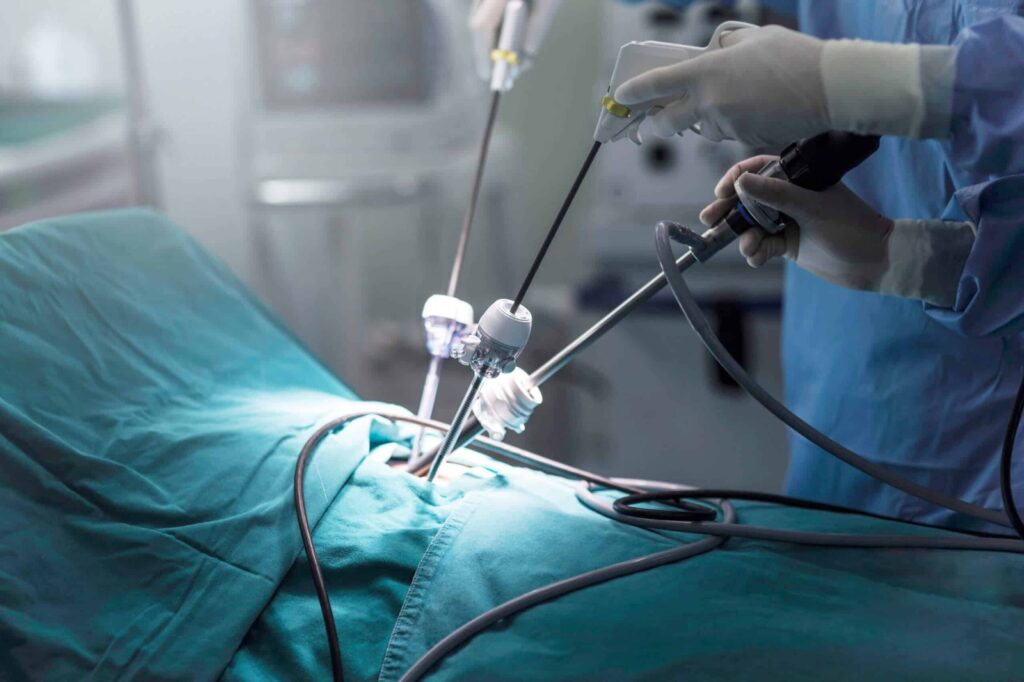Minimally Invasive Spine Surgery

Introduction
A cutting-edge surgical method called minimally invasive spine surgery (MISS) is intended to treat spinal diseases with the least amount of tissue damage and recovery time possible. Surgeons can precisely access the spine with tiny incisions and sophisticated tools, causing less damage to the surrounding muscles and tissues. Compared to conservative open surgery, this method generally results in less postoperative pain, shorter recovery time, and faster return to normal activities.
MISS works well for several spinal conditions, such as spinal stenosis and herniated discs. We prioritize minimally invasive procedures in an effort to improve patient’s quality of life and facilitate a speedier and more seamless recovery.
Why is it performed?
Herniated discs, spinal stenosis, degenerative disc disease, and spinal deformities are among the spinal diseases that can be treated with minimally invasive spine surgery (MISS). MISS aims to reduce damage to the surrounding tissues while relieving pain, restoring mobility, and improving the patient’s overall quality of life. MISS seeks to lessen the dangers and pain associated with open spine surgery by employing advanced surgical methods and smaller incisions.
How is it performed?
With MISS, the surgeon navigates through tiny incisions, often less than an inch long, using specialized tools and imaging technologies like fluoroscopy and endoscopy. By using these instruments, the surgeon can avoid making incisions in muscles and tissues, maintaining their structural integrity. The surgeon can precisely remove or repair damaged spinal components, including discs or bone spurs, by using tubular retractors to build a tunnel to the spine. Using this method instead of conventional surgery greatly reduces scarring and blood loss.
Possible complications
While MISS is considered significantly safer than open surgery, it is not entirely risk-free. Potential complications may include
- Infection, bleeding, nerve damage, blood clots, or cerebrospinal fluid leaks.
- In a few cases, there may be incomplete relief of symptoms, requiring further surgery.
